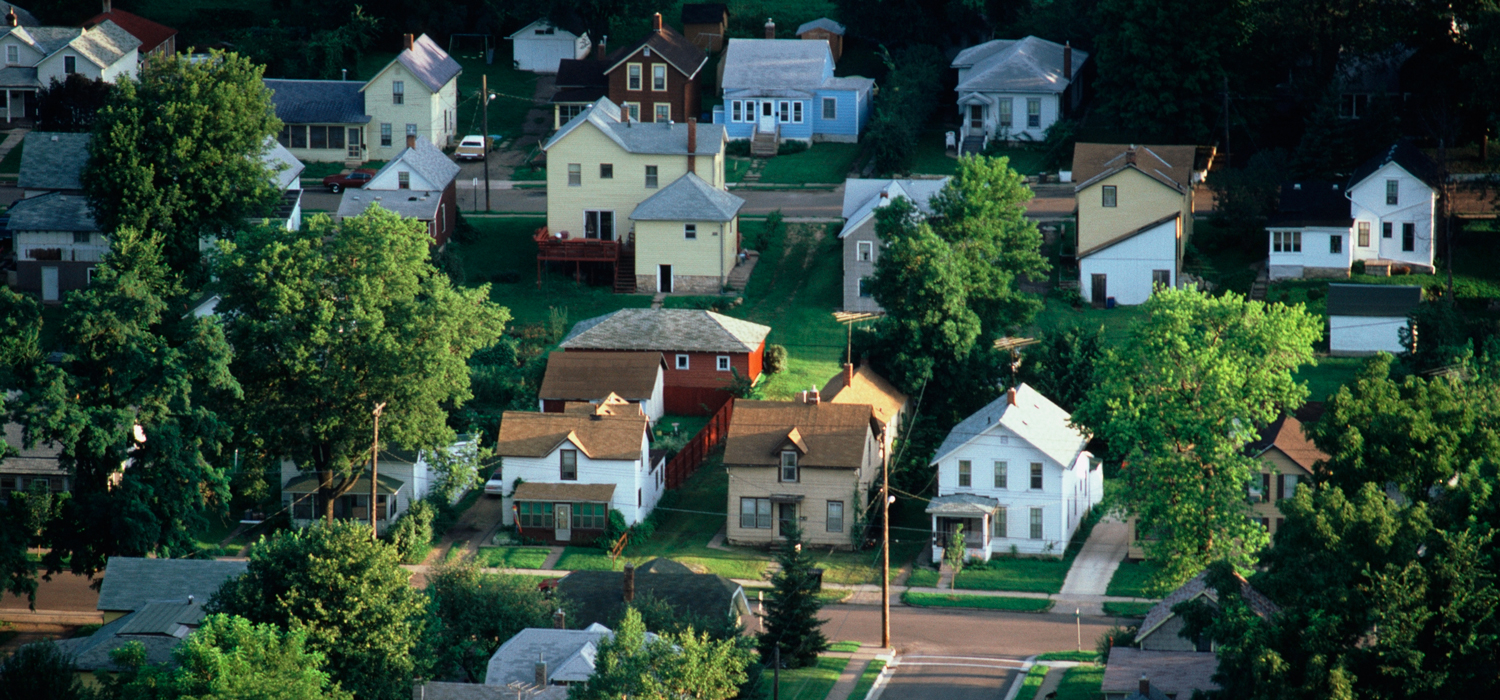
New public data from the US Department of Agriculture’s (USDA) Rural Housing Service reveal that federal investments in rural housing provide affordable housing to over 687,000 people across rural America. But the current administration, which championed rural communities on the campaign trail, has proposed cuts and tax reforms that could reduce housing availability and affordability in rural communities. And with a new USDA secretary waiting in the wings, it is an opportune moment to analyze federal rural housing investments and understand the consequences of cuts.
The current USDA rental housing portfolio represents an investment of over $12.9 billion in almost 14,500 properties across rural America. These buildings provide over 434,000 decent, affordable apartments to low-income adults, children, seniors, and people with disabilities, many of whom have low, fixed incomes.
Preserving this housing and providing more of it can go a long way to “improve the lives of the ‘least of these,’” something USDA secretary-elect George “Sonny” Perdue said he values “beyond farming itself” in his Senate confirmation hearing testimony last month. Here are a couple of items on the administration’s agenda that may conflict with such values.
Tax reform threatens rural rental housing
Tax reform calls into question the viability of the Low-Income Housing Tax Credit (LIHTC) program in rural communities, a critical resource for preserving and building affordable rental housing. The tax credit provides a tax incentive for private investors in affordable rental housing. Although the LIHTC is thought of as an urban-focused program, in 2013, approximately 22 percent (8,830) of LIHTC-financed projects and 13 percent (about 300,000) of units were in nonmetropolitan census tracts.
Almost half the properties originally financed with direct loans from the USDA have been refinanced and preserved with LIHTC, with around 200,000 apartments serving families and seniors. Although direct loan programs have lost most funding over the past 20 years, the USDA’s guaranteed loan program has helped finance preservation and construction of about 34,000 units. But the USDA-guaranteed loans only cover about 20 percent of total property development costs on average, and over 90 percent of these loans leverage LIHTC to fill funding gaps.
The USDA needs around $5.6 billion in additional investment over the next 20 years to maintain the quality of its funded rural rental properties. In an already competitive environment, where the demand for LIHTC exceeds the annual allocation, actions that reduce its availability or the amount of equity investors are willing to make will cut off the primary means of preserving and constructing affordable rental housing for rural families and seniors.
Proposed cuts to rental assistance burden the rural poor
Almost four in five people living in USDA-financed rental housing receive rental assistance to keep their rent affordable, and the federal government picks up the remaining costs. Most assisted households (83 percent) get assistance from the USDA, with the rest (16 percent) helped by the US Department of Housing and Urban Development (HUD).
For the over 146,000 residents of USDA-funded properties that do not receive rental assistance, one in three face unaffordable rents that cost more than 30 percent of their income. Proposed cuts to USDA and HUD rental assistance means fewer rural families will receive this critical support.
If the current administration wants to uphold its promises to rural America, it should look at how proposed actions will yield negative consequences for rural residents who need affordable, safe, and decent rental housing.
Tune in and subscribe today.
The Urban Institute podcast, Evidence in Action, inspires changemakers to lead with evidence and act with equity. Cohosted by Urban President Sarah Rosen Wartell and Executive Vice President Kimberlyn Leary, every episode features in-depth discussions with experts and leaders on topics ranging from how to advance equity, to designing innovative solutions that achieve community impact, to what it means to practice evidence-based leadership.